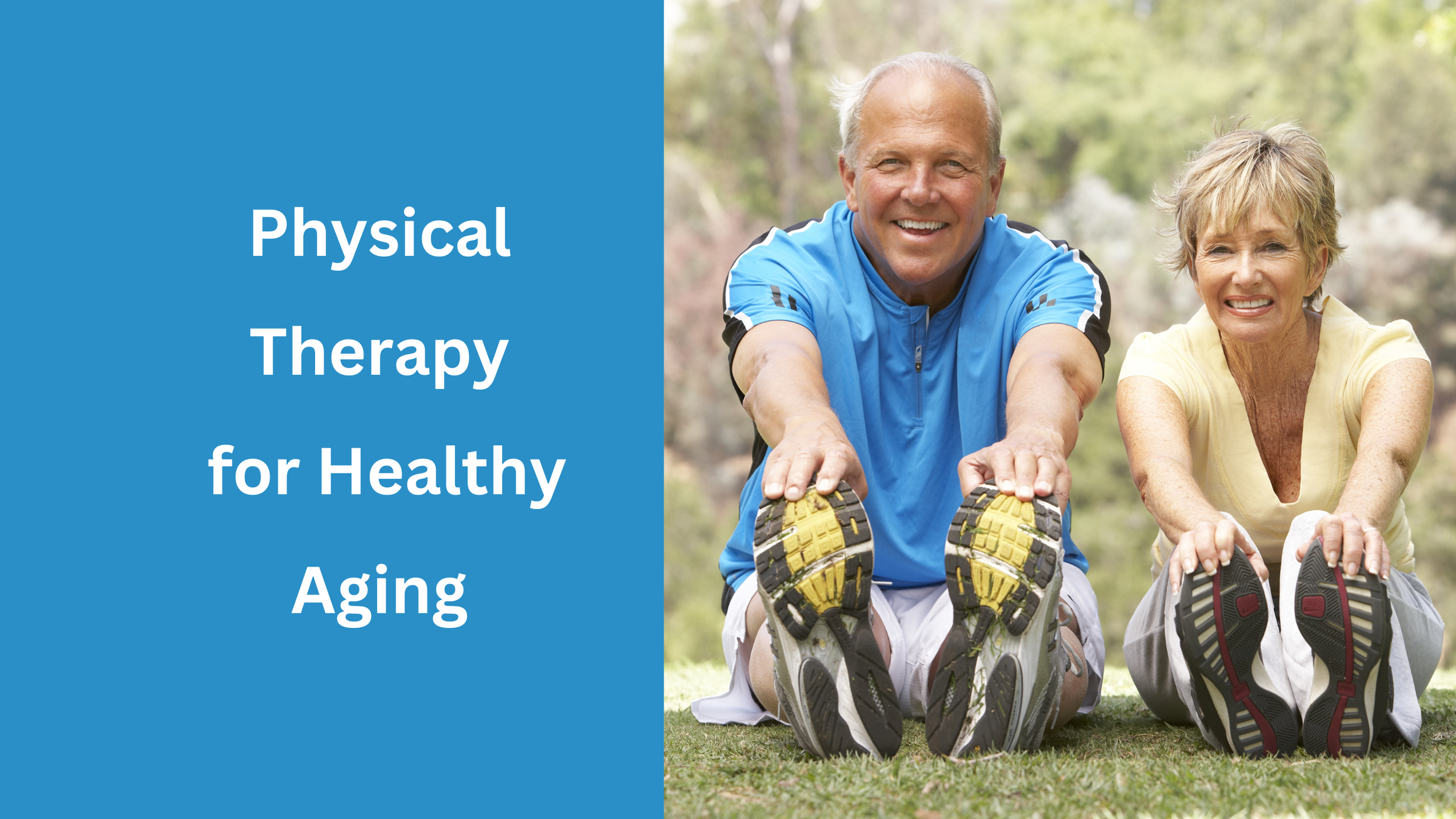Mangiarelli Rehabilitation Physical Therapy Blog
3 Exercises to Address Piriformis Syndrome
Mangiarelli Rehabilitation physical therapist Sarah demonstrates three exercises to address piriformis syndrome. Piriformis syndrome is a condition that develops due to tightening of the piriformis muscle, which can irritate and compress the sciatic nerve and lead to significant pain in the buttocks, hip, lower back, and back of the leg. The piriformis muscle is a small muscle located in the gluteal region under which the sciatic nerve passes that stabilizes the hip and enables lower extremity movement. Physical therapists can relieve piriformis syndrome pain and restore normal movement and range of motion in the affected area through targeted strengthening exercises, manual therapy, and neural mobilization.
Addressing Chronic Pain with Pain Neuroscience Education and Physical Therapy
Pain neuroscience describes pain as an output of the brain in which the nervous system functions as an alarm for the brain about pain in the body and the brain interprets these signals to decide whether pain would be beneficial for healing, causing the nerves to increase their sensitivity in the injured area. In a patient with chronic pain, the nervous system remains hypervigilant, signaling to the brain that an area of the body is injured and painful, even when the tissue is no longer damaged. Combining physical therapy exercise and pain neuroscience education (PNE) helps chronic pain patients desensitize the sensitive chronic pain area through graded movement and understand the mechanism of pain in their body.
Physical Therapy for Lisfranc Injury [Infographic]
A Lisfranc injury occurs from a sudden trauma such as a fall, hard contact, or twisting of the foot that damages the bones or overstresses the ligaments of the Lisfranc joint. The Lisfranc joint is a complex joint in the midfoot where the metatarsal bones connect to the rest of your foot, joined by ligaments that stabilize the arch of the foot and transfer loads from the lower leg to the foot. Physical therapy after a Lisfranc injury can help manage pain and swelling, improve lower extremity mobility and strength, restore normal walking ability, and ensure a safe return to activity and sports competition.
Managing Football-Related Concussions with Physical Therapy
A concussion is a mild traumatic brain injury that occurs when a sudden force causes the brain to crash into the skull, typically from a direct hit to the head or from a whiplash-type motion that can cause cognitive, sensory, and physical symptoms. Concussions are particularly high in the sport of football, resulting from helmet-to-helmet contact or whiplash-type motion from tackling. Physical therapists play a critical role in concussion management, utilizing an evidence-based, personalized, and gradual therapeutic exercise program to help athletes recover safely without exacerbating concussive symptoms.
Physical Therapy for Healthy Aging
The month of September is Healthy Aging Month, a month to promote ways individuals can stay healthy as they age. One of the best ways to support healthy aging is regular exercise under the guidance of a physical therapist. Physical therapists are experts in movement and exercise prescription, creating customized exercise programs to maintain and improve older adults’ balance, strength, and coordination and prevent falls.
Physical Therapy for Little League Shoulder
Little league shoulder is an overuse injury seen in young baseball players that results from repetitive stress placed on the shoulder and humeral growth plates from overhead throwing. Over time, without sufficient rest time for healing of the tissues, the repetitive stress of throwing can cause the growth plate to become injured, inflamed, and even fracture in severe cases. Physical therapists play a key role in helping young athletes with little league shoulder recover, addressing muscle weaknesses, range of motion restrictions, and throwing mechanics with a targeted sport-specific therapeutic exercise program.
Physical Therapy for Osgood-Schlatter Disease
Osgood-Schlatter disease is an inflammatory condition of the knee caused by repetitive trauma to the patellar tendon during growth spurts that is common among active adolescents. Osgood-Schlatter disease is a common cause of knee pain in growing and active pre-teens and teens, affecting 1 in 10 adolescents. Osgood-Schlatter disease can be managed conservatively and effectively with physical therapy. Physical therapy can help teens with OS ease pain, increase muscle strength, and restore function for a safe return to sport.
Debunking 6 Myths About Arthritis
Arthritis, a chronic, progressive condition characterized by inflammation of the joints, is the leading cause of disability in the United States, affecting more than 50 million people. Physical therapists can help reduce arthritic symptoms, slow the progression of the disease, and create a customized, comprehensive program to help arthritis patients move safely and improve function, strength, and range of motion in the affected joints. However, there are numerous misconceptions about who is affected by arthritis and how to treat it effectively. Check out our post debunking 6 myths about arthritis!
Physical Therapy for Sacroiliac Joint Dysfunction [Infographic]
Sacroiliac joint dysfunction (SI joint) involves injury to the sacroiliac joint that typically presents as low back pain on one side of the body. The main function of the SI joints is to provide a stable yet flexible support to the upper body while distributing the load from the lower extremities throughout the rest of the body. SI joint dysfunction can arise due to an acute trauma to the joint, pregnancy and childbirth, or conditions like arthritis and scoliosis. Physical therapy can address SI joint pain, help to stabilize the joint, and improve function through targeted stretching and strengthening exercises and manual therapy.
Physical Therapy for an AC Joint Sprain
Mangiarelli Rehabilitation physical therapist Bobby demonstrates 3 exercises you can do to prevent stiffness and regain mobility after an AC joint sprain. An AC joint sprain typically occurs due to a sudden fall on the shoulder that can push the shoulder blade away from the collarbone, straining or tearing the ligaments of the AC joint. Physical therapy is the first line of treatment for AC joint sprains and is highly effective in restoring shoulder mobility, strength, and function following an AC injury.
Back-to-School Backpack Safety
Check out our 7 tips for back-to-school backpack safety! Backpacks, when worn correctly, are designed to distribute the weight of the load evenly across the body’s muscles. However, many children carry backpacks incorrectly or that are too heavy. Carrying a backpack can have significant biomechanical and physiological impacts on the wearer during a critical time in a child’s growth, placing undue stress on the body, changing posture, and contributing to injuries of the back, neck, and shoulders
Fall Sports Conditioning Safety
Fall sports conditioning serves as a foundation upon which the sports season’s success is built and can help to reduce the number of in-season injuries. Fall sports conditioning involves a program of weight training and aerobic sport-specific conditioning that allows the athlete to slowly acclimate to the demands of the sport by gradually increasing the intensity and volume of their training over time. Check out our 8 tips for safe fall sports conditioning!
Aquatic Therapy Balance Training
Mangiarelli Rehabilitation physical therapy assistant and aquatic therapist Sue demonstrates several exercises you can do to improve your balance through exercising in our warm water therapeutic pool. Improving balance and stability is a key goal of aquatic therapy. Aquatic therapy utilizes the physical properties of water to help patients heal and regain strength, balance, and function without placing unnecessary pressure on healing joints in a safe environment.
Physical Therapy for Patellofemoral Pain Syndrome
Patellofemoral pain syndrome (PFPS) is the most common type of knee pain, causing pain around and under the kneecap. PFPS is prevalent among runners, cyclists, and young athletes as repetitive movements like running, jumping, or squatting can lead to chronic overuse of the knee and the development of PFPS. Physical therapy is highly effective in treating patellofemoral pain syndrome, using targeted exercise, stretching, and manual therapy to improve knee function and mobility and reduce pain.
Physical Therapy for Rotator Cuff Tears
Physical therapy plays a critical role in recovery from a rotator cuff tear, helping individuals regain strength, mobility, range of motion, and coordination in the shoulder. Rotator cuff tears involve a partial or complete tearing of a rotator cuff tendon or muscle due to an acute trauma to, chronic overuse of, or age-related degeneration of the shoulder joint. Exercise rehabilitation is the cornerstone of physical therapy treatment for rotator cuff injuries.
Physical Therapy Vertigo Treatment
Vertigo can dramatically affect your quality of life and ability to perform daily activities. Vertigo involves a false sense of motion, a sensation in which the individual feels that they or their environment is spinning even when sitting or standing still. Physical therapy can reduce and eliminate the symptoms of vertigo, assess and treat the underlying cause of vertigo, retrain the brain to adapt to vestibular dysfunctions and help individuals regain balance and coordination safely.
The Importance of Agility Training in Athletes
Agility training is a critical component of a comprehensive sports training program. Agility training involves a set of progressive exercises to improve an athlete’s agility, which is the ability to accelerate, decelerate, change direction, and react swiftly in multiple directions in response to unpredictable situations on the competitive sports field. Agility training is extremely beneficial for athletes of all sports, requiring strength, flexibility, and stamina to improve the body’s adaptability and reaction time to a stimulus or movement.
Physical Therapy for Ankle Sprains [Infographic]
An ankle sprain is a common injury that occurs when the foot twists or turns beyond its normal range of movement, causing the ankle’s ligaments to overstretch or tear. Ankle sprains account for up to 40% of lower extremity sports injuries and 15% of all sports injuries in the United States. Physical therapy is the first line of treatment for ankle sprains, effectively restoring mobility, strength, and function in the injured ankle, preventing re-injury, and ensuring a safe return to sport through a targeted exercise and manual therapy rehabilitation program.
Physical Therapy for Swimmer’s Knee
Swimmer’s knee is caused by repetitive strain on the knee ligaments, particularly the MCL, when performing the breaststroke. Pain in the MCL develops due to the repetitive flexion-extension, adduction, and external rotation of the knee against the water when completing the breaststroke. When doing the breaststroke, 70% of the propulsion of the stroke comes from the legs and knees, placing significant stress on the knees. Physical therapy can alleviate swimmer’s knee pain and restore movement and function in the knee safely through a targeted therapeutic exercise and manual therapy rehabilitation program.
Physical Therapy for Cervicogenic Headaches [Infographic]
Check out our infographic on physical therapy for cervicogenic headaches! Cervicogenic headaches are caused by musculoskeletal dysfunction in the bony structures or soft tissue of the neck that refer pain to the head through the nervous system, commonly affecting one side of the head. Physical therapy is the gold standard of treatment for cervicogenic headaches, helping to reduce the severity and frequency of headaches by targeted strengthening and manual therapy of the deep muscles of the neck and upper back.


![Physical Therapy for Lisfranc Injury [Infographic]](https://images.squarespace-cdn.com/content/v1/5e419cdc97af032560004b99/1695046764626-NGSQZR69WCKXOZQR4YP2/Tw+Lisfranc+Injury.png)





![Physical Therapy for Sacroiliac Joint Dysfunction [Infographic]](https://images.squarespace-cdn.com/content/v1/5e419cdc97af032560004b99/1692628325284-XS9SDRSC5W8BAVHUSQPU/Blog+SI+Joint+Infographic+.png)








![Physical Therapy for Ankle Sprains [Infographic]](https://images.squarespace-cdn.com/content/v1/5e419cdc97af032560004b99/1688754967891-BGREZOA98E9T9LQUB6FJ/Tw+Ankle+Sprain+Infogr.png)

![Physical Therapy for Cervicogenic Headaches [Infographic]](https://images.squarespace-cdn.com/content/v1/5e419cdc97af032560004b99/1687440224424-E9M82Q4M1LTCAE9R0G9W/Tw+Cervicog.+Infogr.png)











